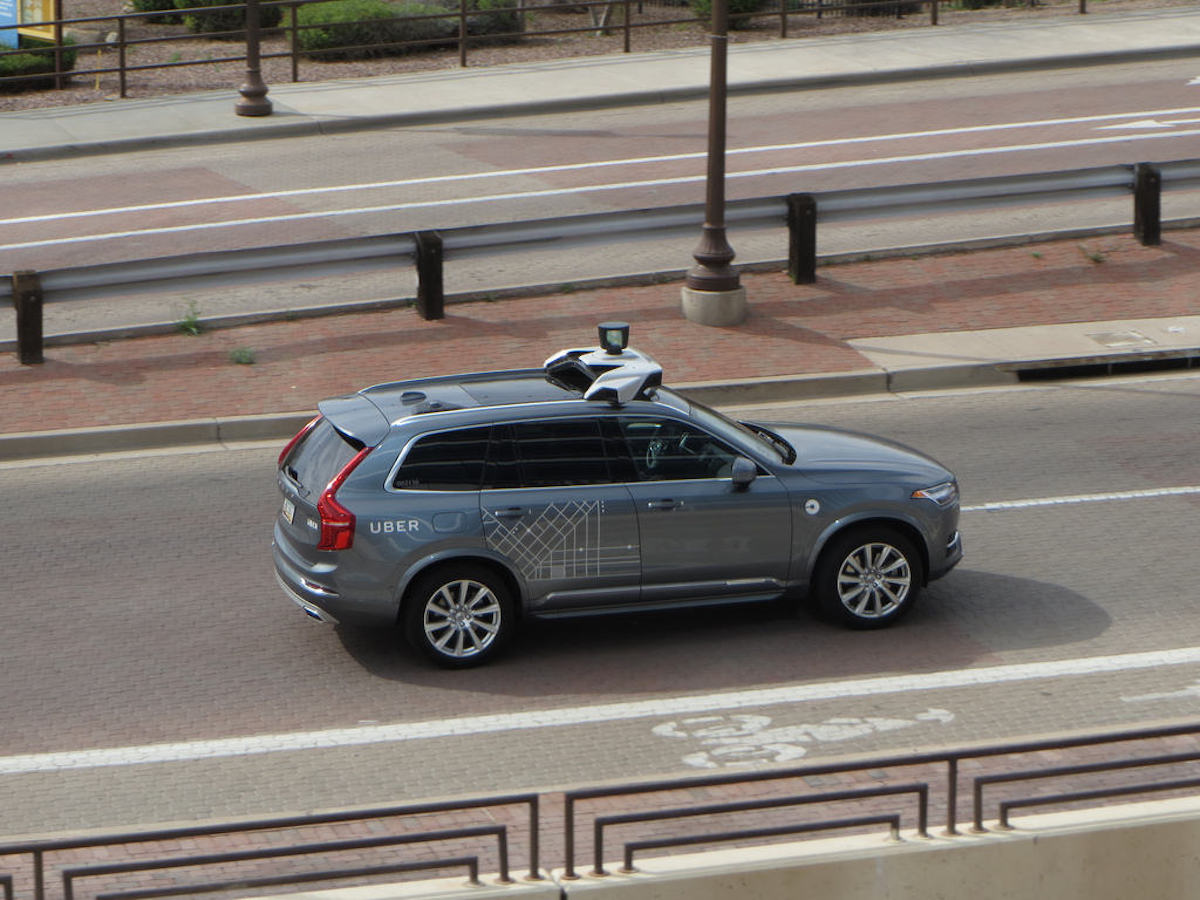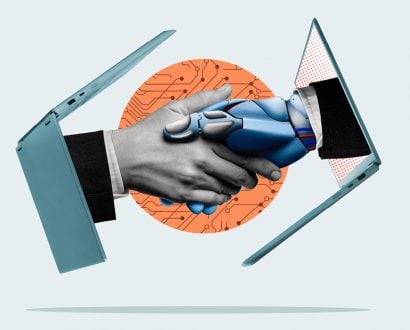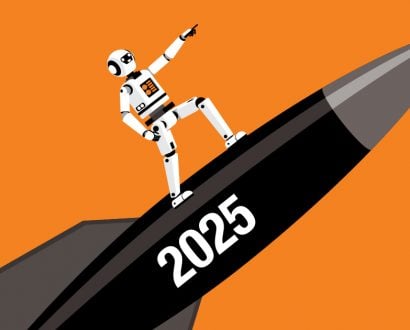What was once only possible in sci-fi movies is quickly becoming a reality. Uber has made a deal with Volvo, buying a total of 24,000 Volvo XC90 SVUs.
This purchase will pave the way for Uber’s transition into a driverless ride-share company. The company will add its own specialised technology to the vehicles, before unleashing the ‘robo-taxis’ out into the world.
There’s an @Uber fake city testing driverless cars outside Pittsburgh via @thisisinsider pic.twitter.com/KD6gua4IBE
— Business Insider (@businessinsider) November 20, 2017
The deal is said to be worth almost one billion dollars. It’s a huge investment for a company that is reportedly losing money faster than any other tech company in history.
However, a mass-produced, driverless future could be the answer to the company’s financial woes. It’s reportedly the subsidies that it currently pays drivers that are the biggest hit to the company’s bottom line.
The company’s head of automotive alliances Jeff Miller said “It only becomes a commercial business when you can remove the vehicle operator from the equation”.
If Uber does succeed in forming a self-driving fleet, then once again they will turn the transport industry upside down. At this stage, however, there have been a number of setbacks.
The greatest of these complications is a legal battle with Google’s parent company, Alphabet inc, due to allegations that Uber stole the design of its self-driving system.
Uber has begun testing the cars in Arizona and Pittsburgh, but images have already surfaced of a collision between self-driving cars in July.
And rival company Lyft has struck a research partnership with Alphabet Inc, and secured a deal with Ford to include self-driving cars in its fleet too.
With the increased interest and investment in self-driving technology, some experts are saying that a driverless future might hit the streets within the next six years.







